30 August, 2023
Last weekend I attended a 2 day Outdoor First Aid course with Land and Wave and it was this question that I wanted to answer.
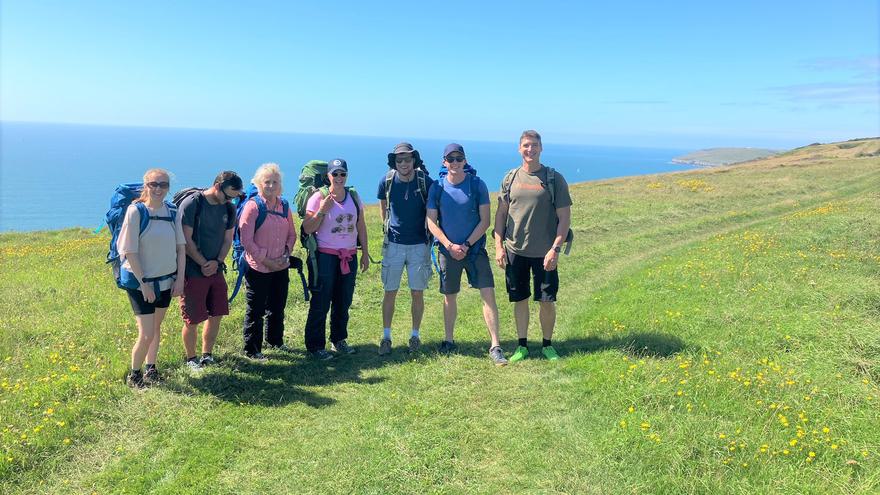
I attended the training course as part of a new initiative from Tough Girl Challenges and Land and Wave to support women in the Outdoor Adventure Community and to increase the number of female role models and Instrutors in the Adventure space.
I have always felt uncomfortable with the idea of giving first aid. I am not a nurse, have no medical background, don’t like the idea of giving CPR and would probably panic on the sight of lots of blood. After the training weekend I come away knowing more than I did but realising I knew less than I should and this was definitely something I needed to rectify.
I walked away from the weekend certainly less squeamish and realised that part of first aid is being prepared so you limit the likelihood of it happening in the first place, using experience and common sense throughout the trip to keep everyone safe and having a first aid kit packed and ready to use.
My biggest take away from the weekend is that as a first responder you are there to assess, take action and monitor until the professionals take over.
Your job as the first person on the scene is never to be the ultimate solution but to assist and guide until medical professionals could take over.
Why did I attend the Outdoor First Aid weekend?
I attended the weekend because I wanted to improve my own skills. I recently came back from a trip to The Amazon and at one point on a river trip we were 10 hrs from any medical help. We had a member of the team with heatstroke and one with a very large insect bite. We did have a first aider with us but it made me realise that I should also know some basic first aid to help in these situations. As I travel more, I want to increase my basic first aid knowledge, improve my own first aid kit, apply basic risk assessment along the way to try and limit the need of first aid in the first place.
What to put in your personal outdoor medical kit?
This is very personal and not what is suggested by Health and Safety Executive. This list will give you a good place to start and you can add to it as personal and environmental needs dictate.
First Aid kit list: Veterinary tape, stitches, sports gel, antihistamine, upset tummy tablets, antiseptic wipes, pain killers, cold packs, heat packs, saline solution, tweezers, scissors, survival blanket, several pairs of gloves, antiseptic cream, thermometer and insect bite cream.
I always add Sudocream, Vaseline, rehydration sachets and a flashing torch. After that the list is never ending!
Another obviously important part of managing a first aid incident is to call the Emergency services. Pack phones, spare batteries and if appropriate a VHF radio or Personal Locator Beacon (PLB) all in a waterproof bag.
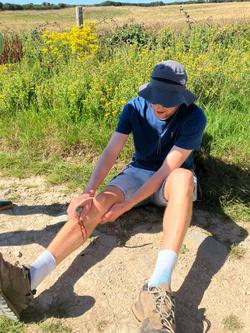
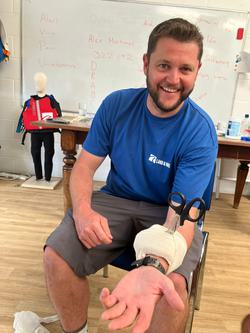
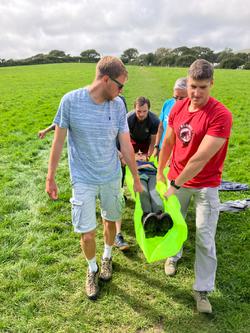
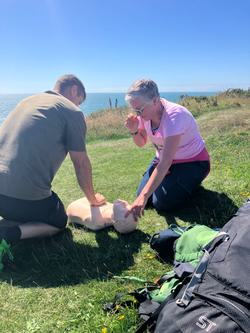
Here are a few ways that being a first aider can make a difference:
Buying Time: Basic first aid knowledge allows you to provide immediate care while waiting for professional help. This can be crucial in stabilizing a person's condition and preventing it from getting worse.
Handling Unexpected Situations in Remote Areas: no one really wants to be in a situation to give first aid, as it means something has gone wrong and someone is in a difficult and often painful situation. But it does mean when it happens you can take some steps to manage the incident.
Taking Control and Calling Emergency Service: Knowing first aid enables you to take charge of a situation, assess the severity of an injury or illness, and make informed decisions. You'll be better equipped to call emergency services promptly, providing them with accurate information about the situation such as location, access points, status of patient.
Calming Patient and Alleviating Suffering: Your ability to offer basic first aid care, provide reassurance and alleviating pain can have a calming effect on the injured person. This not only helps them feel more comfortable but also contributes to maintaining their overall well-being during a stressful time.
Taking Action to Stem Bleeding: Basic first aid techniques like applying pressure to wounds can help control bleeding and prevent excessive blood loss. This action is critical in situations where rapid bleeding could lead to shock or other complications.
Immobilizing and Securing Injury: Injuries like fractures or dislocations require proper immobilization to prevent further damage. With basic first aid knowledge, you'll be able to create makeshift splints or supports to immobilize injured limbs, reducing the risk of additional harm.
Reducing Further Injury: First aid training teaches you how to handle injuries without exacerbating them.
Reporting, Monitoring, and Passing on Information to Emergency Services: Understanding how to accurately report the nature of an injury or illness, monitor vital signs, and convey this information to emergency services aids medical professionals in preparing for the situation. This facilitates a smoother transition of care from your initial intervention to professional medical treatment.
In all of the above ways, basic first aid knowledge enables you to take immediate and appropriate action in emergency situations. It will never replace professional medical care, but it could significantly improve the outcomes for the injured individuals and reduce the amount of time it takes for the Emergency service to arrive on the scene.
So the answer is YES you can make a difference!
On researching my course, I found tonnes of options: Wilderness First Aid, Adventure First aid, Remote First Aid, Hiking First Aid, Survival First Aid and High Peak First Aid with a variety of options from basic right up to medical skills in extreme environment. Whatever your skill level or location in the UK you will be able to find a course near you.
Book yourself on a course and see if when the time comes you can make a difference!
Handy Links:
Tough Girl Podcast - Listen to the episodes featuring some of the Land and Wave Team: Sian Sykes, Anna Usselmann, Tatty Pettigrew's, Rachael Crewesmith, Tori Taylor-Roberts
First Aid Course Providers in the UK:
Health and Safety Executive
(General Resource)
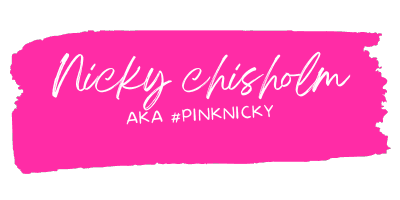
#womenintheoutdoors #outdoorfirstaidkit #adventurefirstaidkit #outdoortraining
#firstaidkit #outdoorfirstaid #medkit
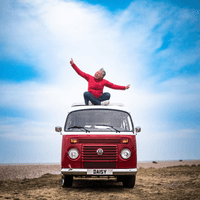
My very first adventure was on a Tall Ship called The Sir Winston Churchill when I had just turned 18.
I have loved adventures ever since. Although I still get seasick 30 years on!
I would describe myself as an everyday adventurer. I try to squeeze adventure into my every day, from walks, swims, and runs to films, podcasts, and books. I am always on the lookout for communities to connect with and adventures to be found.
I have just hit 50, and my adventure journey has changed so many times over the years. From a 20-year-old canoeing and sailing instructor to a Mum with young children teaching them to embrace the outdoors through camping, building dens, and cooking on open fires, to a mum of young teens when we surfed, coast-steered, climbed Ben Nevis, and swam in the North Sea!
My boys are in their late teens now and are slowly flying the nest. I find myself here now, ready to embrace the next stage of my adventure journey.
Embracing my newfound freedom and loving being outside, I am ready to do some exploring!
My adventure journey has included Moonwalks, marathon walks along Hadrian's Wall and the South Coast, firewalks, abseiling down castles, coast steering, a cross-country ski marathon in the Arctic Circle, a wing walk, and training in an Environmental Cold Chamber at the University of Sussex at minus 20!
I have just returned from running a half marathon in Greenland—the biggest and most extreme event I have ever participated in. This Arctic adventure has definitely left me with a fire in my soul for more adventures.
In the last year, I have been trekking in Peru, visiting the Amazon Rainforest, camping at -10 in Sweden, and falling in love with cross-country skiing. I have also organised a mega sea swim for over 500 open-water swimmers to celebrate International Women's Day and am now an official Surfers Against Sewage Rep for Brighton.
This year, I am very proud to have launched the UK's first #makingwaves campaign to attract more women to Adventure.
------------------------------------------
Work With Me:
I am an experienced Project Manager specializing in initiatives within the adventure and outdoor industry. My specialist areas of expertise include:
With a deep understanding of the unique demands and opportunities in the adventure sector, I am dedicated to bringing your projects to life and success to your adventure missions.
I’ve been exploring since I was 18. Wingwalking, moonwalking, firewalking, sea swimming, road running, abseiling, canoeing, kayaking, searching for parrots in the depths of the Amazon rainforest – you name it, I’ve done it! I’m passionate about camper vans, wild swimming, beach saunas, and long walks whilst never forgetting my trusty packet of Digestives! As a blogger for adventure companies, an Ambassador for RubyMoon, a member of the Berghaus Kit Squad, and a speaker at The Adventure Mind Conference, it’s safe to say that adventure is very much part of my everyday DNA.
Click here to see how we can work together
Click here to see current projects
Click here to enjoy PinkNickys Blog: Now that I’m a 50+ empty nester, it’s time for another exciting new chapter, and this time, I’m here to bring you along with me! So pull on your hiking boots, strap on your backpack, and join me as I fuel your zest for life’s big and small adventures. It’s time to find today’s adventure!
Happy Adventuring
Nicky Chisholm aka #PinkNicky
Most recent articles by Nicky Chisholm
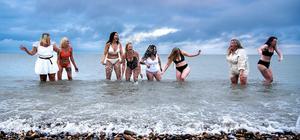
Adventures Big and Small are good for the soul, they provide a space outside of everyday life to catch your breath and reboot. Life will always throw curveballs at us, most of which we don't see coming and are ill-equipped to handle when they arrive.
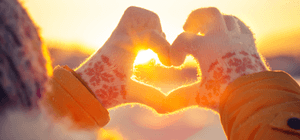
Embracing the winter chill is all about mastering the art of staying warm and cozy. As the cold season sets in, it's time to gear up and embrace the great outdoors with a collection of kit that'll keep you snug as a bug in a rug. Remember what the wise woman once said: "There is no such thing as bad weather, just bad equipment."
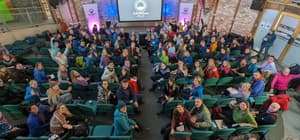
Here are communities, concepts, businesses, and campaigns that are making waves in the Adventure world.
Most recent articles in

Why is diet such a contentious topic in ultrarunning and why do I call it a myth? These are the topics that I will discuss in this article.

In my last piece for Outside & Active, I talked about what I believed the worst mistake a runner could make is.

Brooks supports trail runners to defy limits and empower their trail runs with the new Cascadia 18. The adaptable Cascadia combines DNA Loft v2 cushioning with TrailTack Green grip and a durable upper mesh to handle all terrains, providing necessary comfort and underfoot security on each surface.